The Kyoto Imperial Palace is open to the public all year round. As a rule, the Palace is closed to visitors every Monday, during the year-end and New Year holidays, and when other events are held.
Present-day Imperial Palace (Kyoto Gosho) is often thought of as the Daidairi (imperial residence) of Heian-kyo period. But this is not the case. The current Kyoto Gosho was used as the Imperial Palace from the accession of Emperor Kogon in 1331 until the Emperor Meiji moved to Tokyo in 1869. In other words, the present Imperial Palace did not exist during the Heian period.
That said, for more than 500 years this place has been the residence of the emperor. And it has witnessed numerous historical events.
Imperial Household Agency’s WEB site
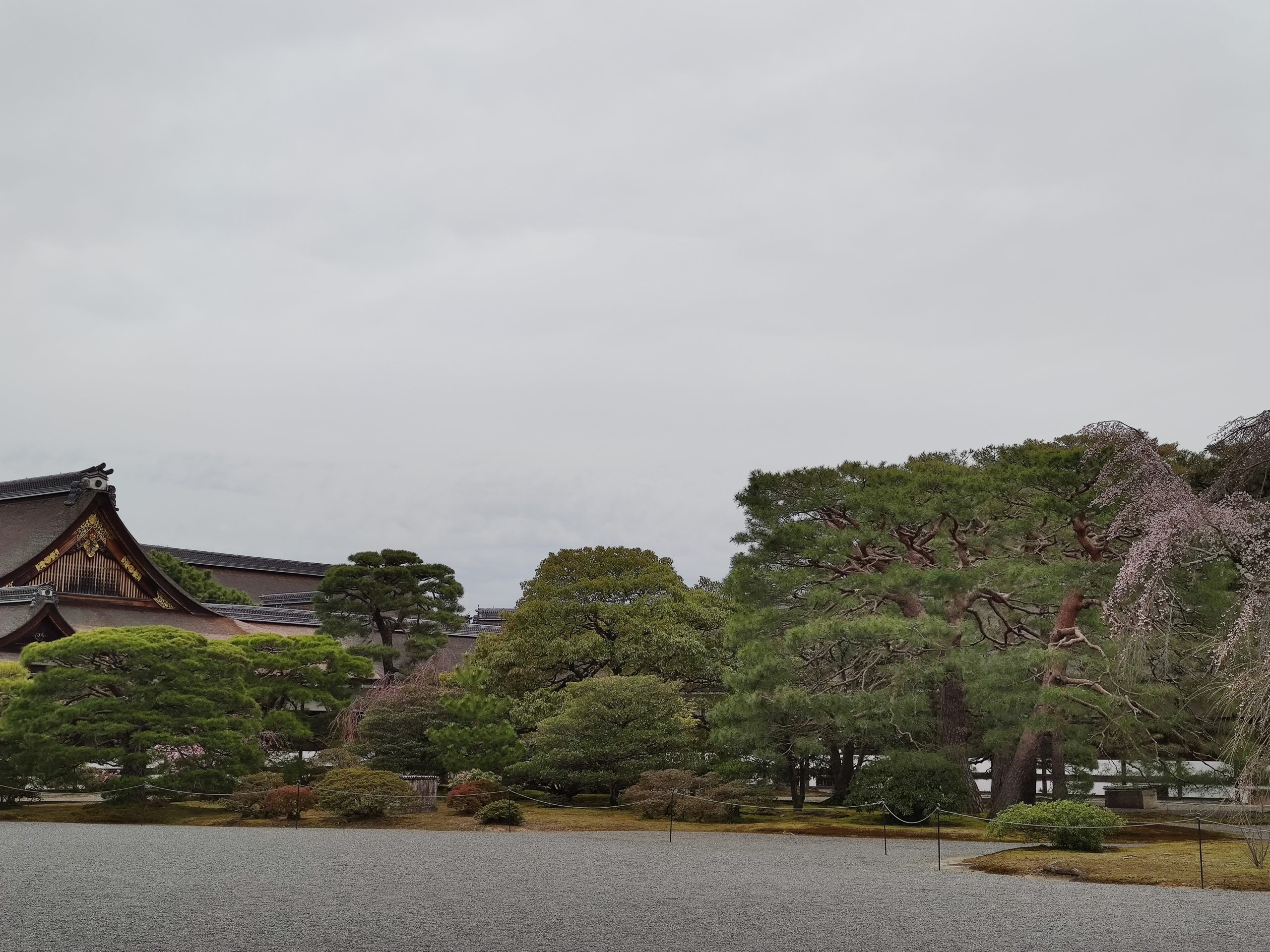
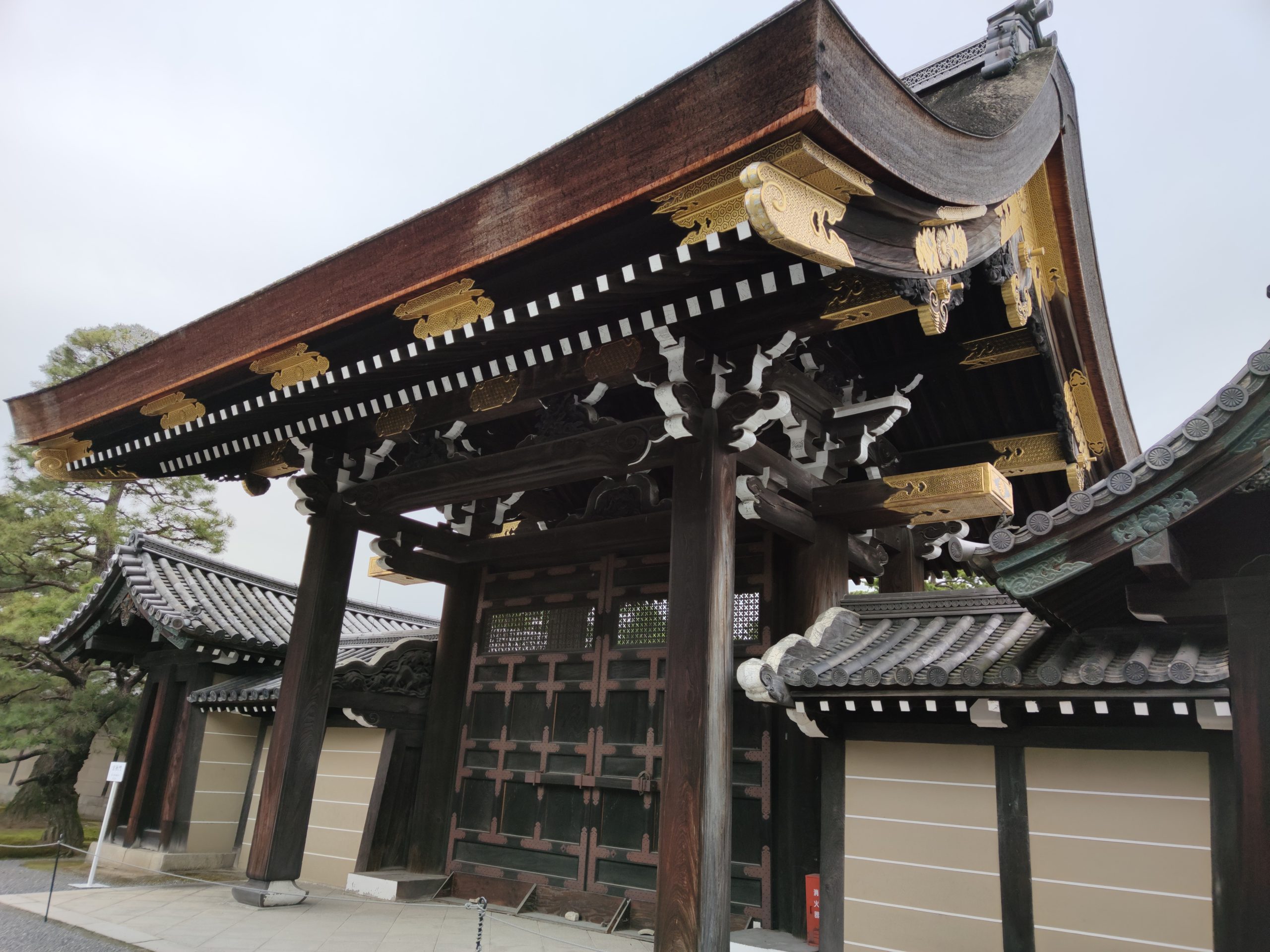
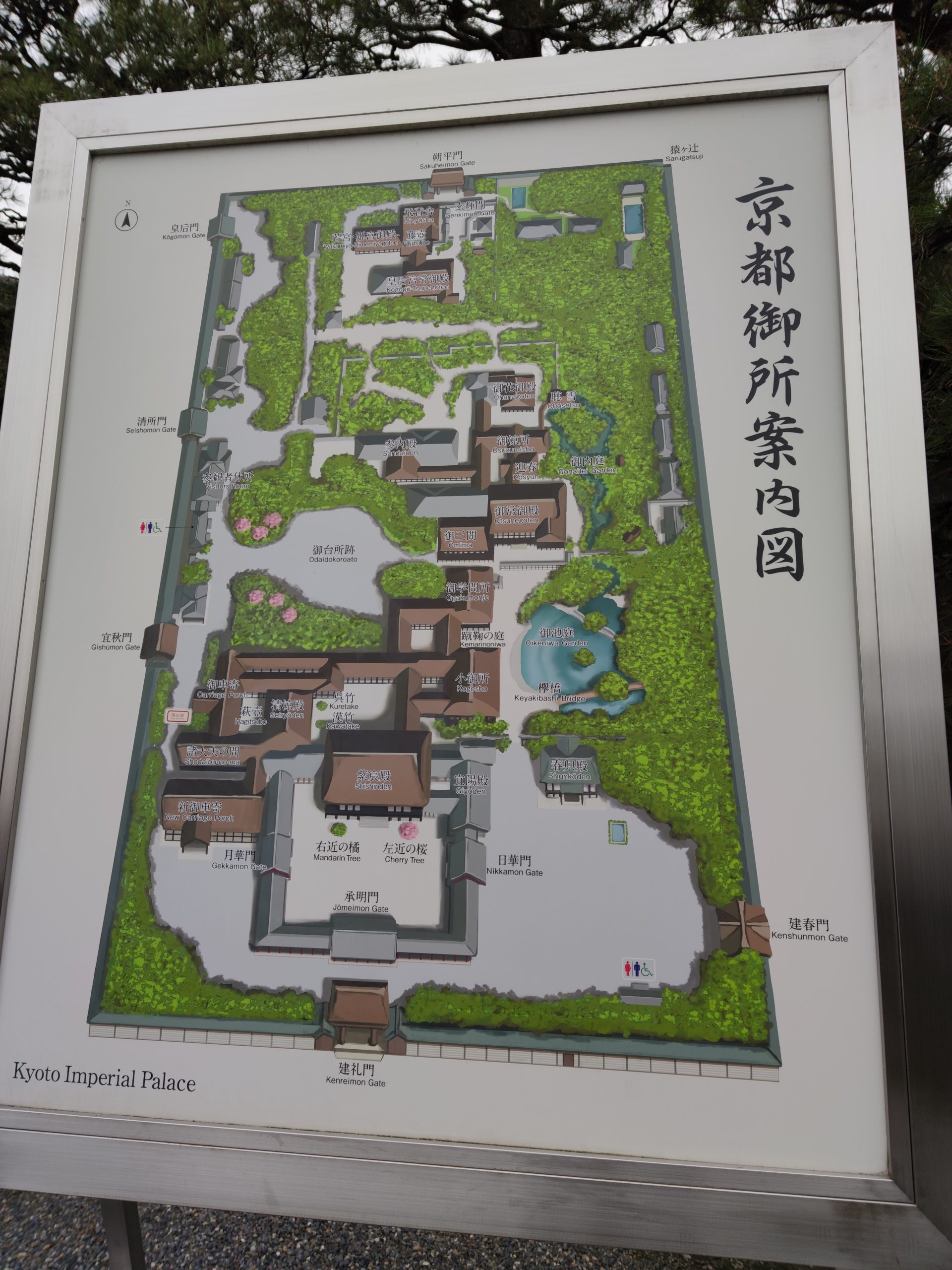
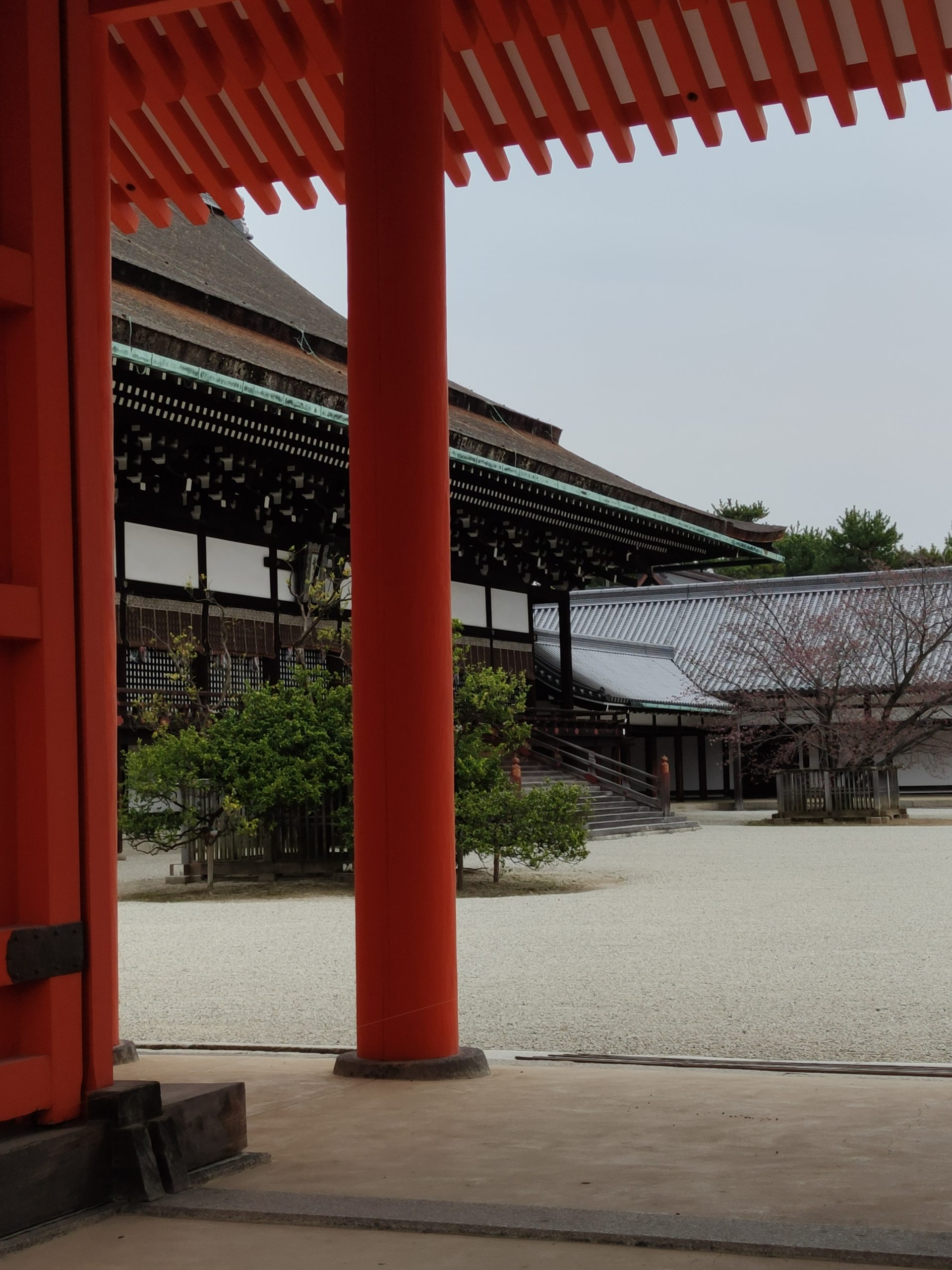



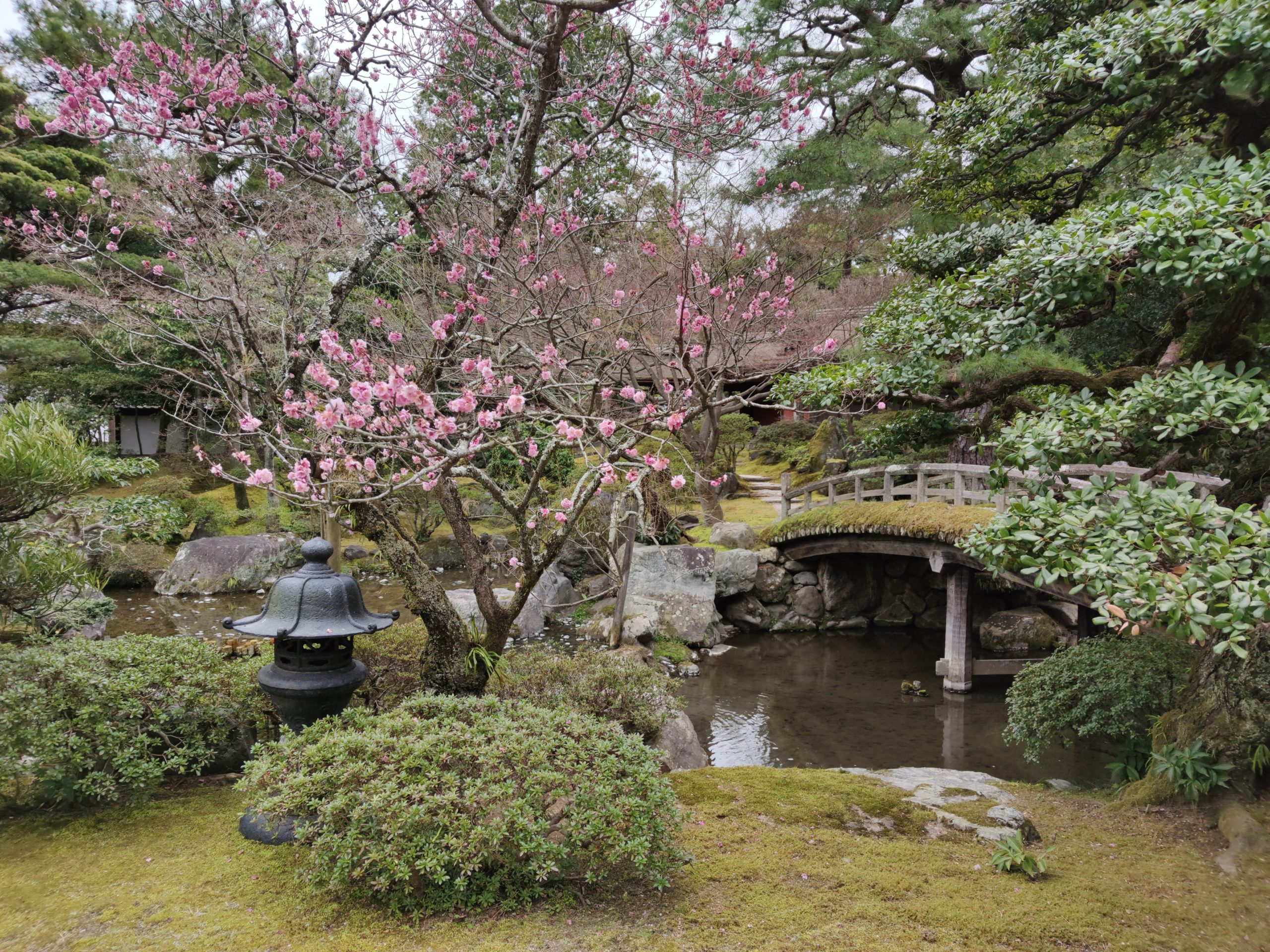
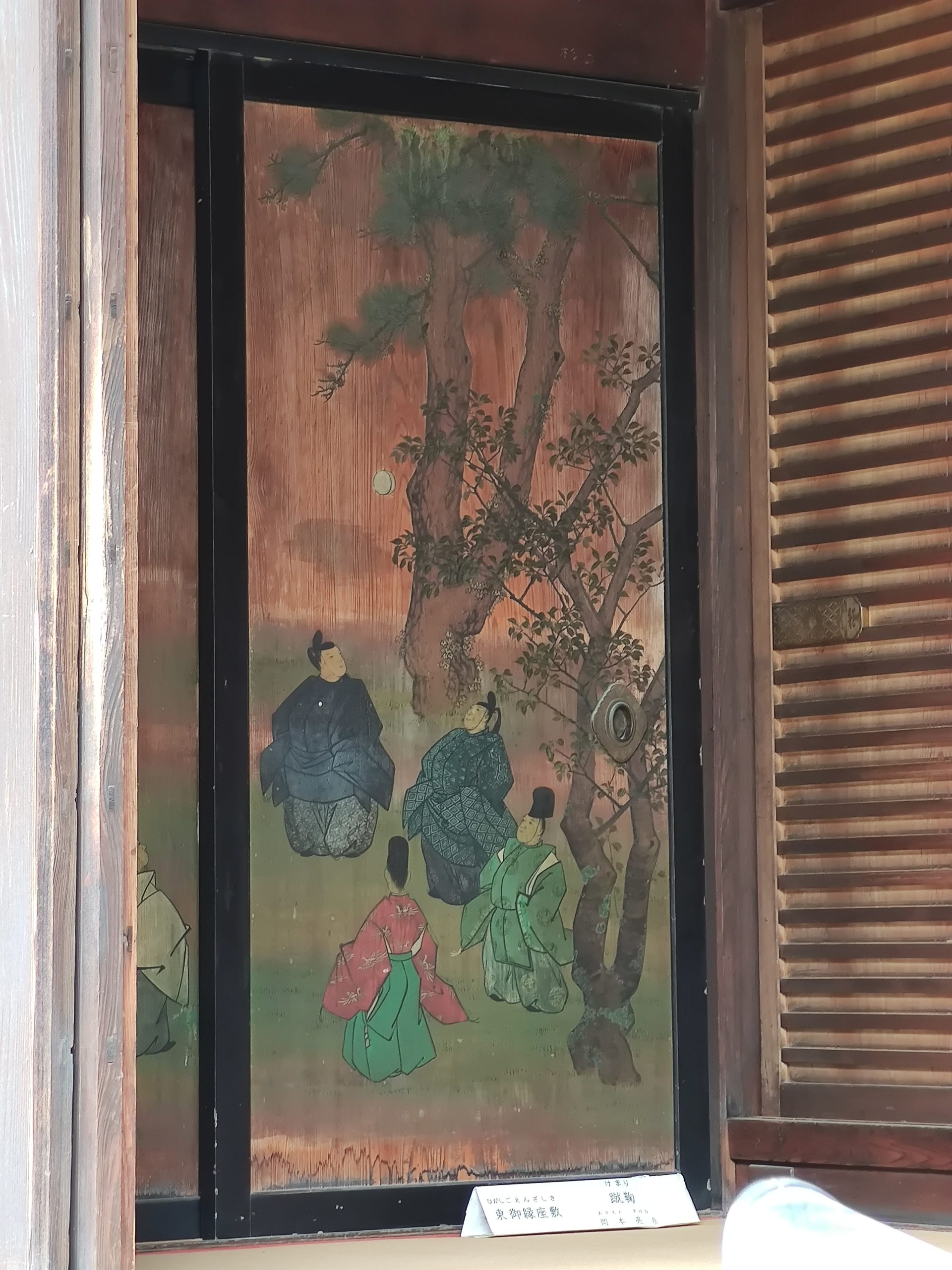

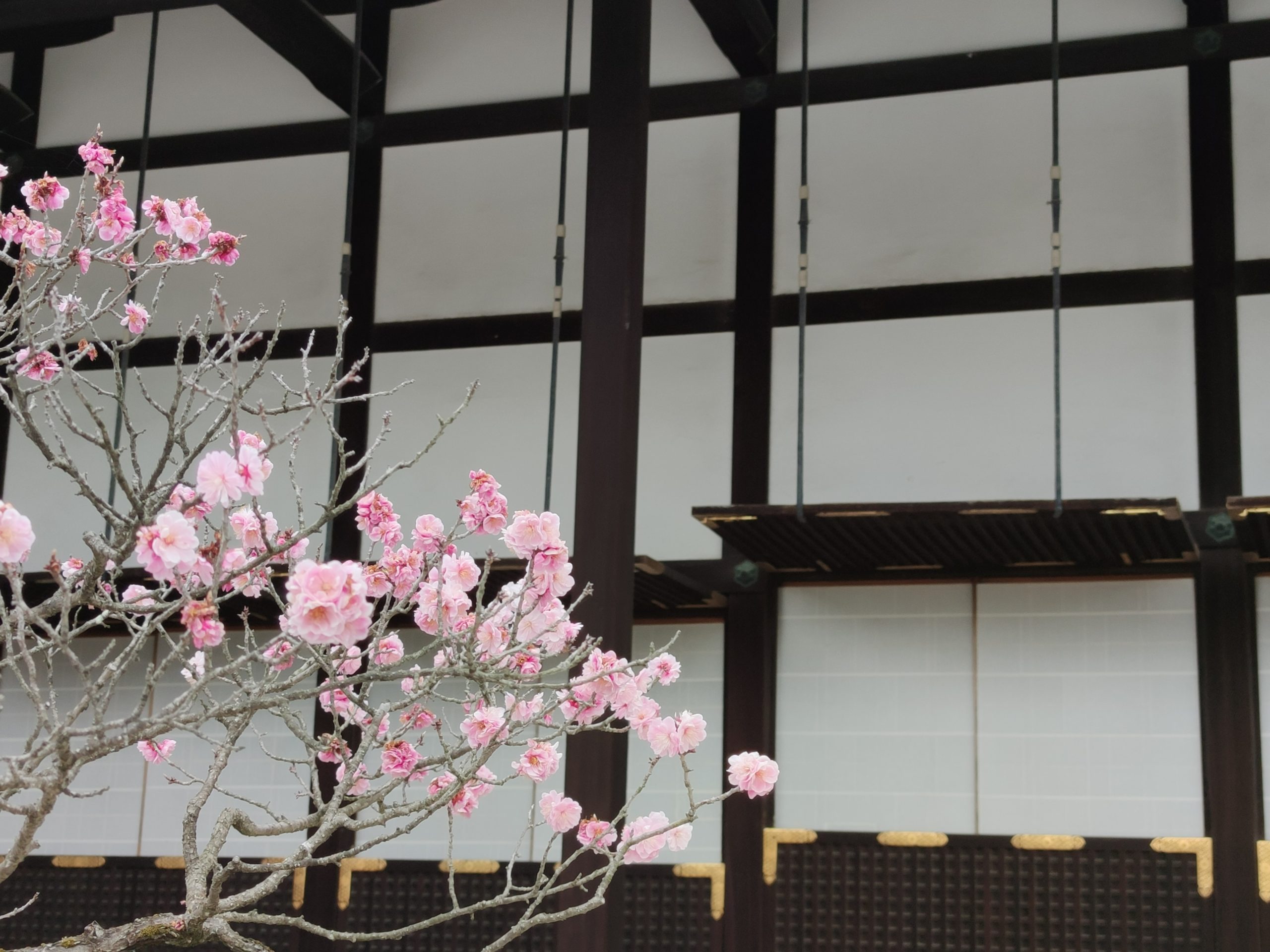
The interior of the Imperial Palace is not open to the public, and visitors are required to circle around the buildings. Even so, visitors can learn about the emperor’s residence and gardens.
The Kyoto Gyoen, where the Imperial Palace is located, is an area surrounding the Imperial Palace. It was originally the site of a town where court nobles and townspeople lived. When the Meiji Emperor moved to Tokyo, many court nobles also moved to Tokyo. So this area became a park.
The Ministry of the Environment manages the Kyoto Gyoen Park. On the other hand, the Imperial Household Agency manages the Imperial Palace.
Nearby spots from Kyoto Imperial Palace
Shokokuji Temple and its numerous sub-temples are not far. This temple is the head temple of the Shokokuji School of the Rinzai Sect of Zen Buddhism. The Temple also houses many works of art and other artifacts. The exhibitions at the temple’s museum are also a must-see.
Nijo Castle is the base of the Tokugawa family in Kyoto. The Ninomaru Palace and other buildings are national treasures, and the entire area is a World Heritage Site.
Related articles:
[…] Castle was built in 1603 by Tokugawa Ieyasu to guard the Kyoto Imperial Palace and provide lodging for shoguns traveling to Kyoto. 1611 saw Toyotomi Hideyori and Tokugawa Ieyasu […]
[…] the Imadegawa Gomon gate on the north side of the Kyoto Imperial Palace, walk north past the Doshisha University campus and you will soon come to Shokokuji Temple. […]
[…] Toyotomi Hideyoshi. The Odoi was a large earthen mound that encompassed a large area, including the Imperial Palace and Nijo Castle. This area is the only part of the palace where a culvert made of hewn stone […]
[…] in 703 at the request of Emperor Monmu. When it was first established, it was located north of the Kyoto Imperial Palace and was called “Izumo-ji Temple. After war and burning down, the temple was rebuilt in its […]
[…] temple is not far from the Kyoto Imperial Palace. This may have been the reason why Nobunaga Oda stayed […]
[…] Daimon gate stands at the highest point of the temple complex. This gate was moved from the Kyoto Imperial Palace. It is an important cultural […]